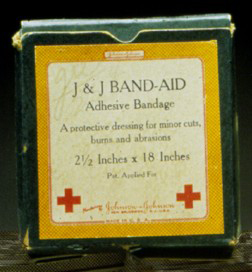 Did you know the Band-Aid® was originally invented as a way to help a clumsy woman dress her own wounds?
Did you know the Band-Aid® was originally invented as a way to help a clumsy woman dress her own wounds?
Did you know they almost never made it to market?
It’s been nearly a hundred years, and today it’s hard to believe something so ubiquitous to our daily life had such a humble beginning:
Earle Dickson: Husband, Inventor, Everyday Genius
Earle Dickson was born in Tennessee on October 10, 1892. He graduated Yale University in 1913 and took on work as a cotton buyer for Johnson & Johnson in 1915.
Two years later he married Josephine Knight, the woman who would inspire him in ways he had not yet imagined.
You see, Earle’s doting young wife was – as legend has it – as accident-prone as she was kind. Josephine had a knack for knicks and burns from working in the kitchen, and it was not uncommon to come home and find his wife’s hands covered in bulky bandages.
Not only where they difficult to manage and easily undone, they also where nearly impossible to apply alone.
It was this struggle to help his wife apply and reapply her bandages that the young Mr. Dickson arrived at his ingenious idea:He placed pieces of gauze at regular intervals on an adhesive strip and covered them with crinoline to keep them sterile.
Brilliant! Now all sweet Josephine had to do was cut off a piece of the strip and wrap it around her cut – on her own. Continue reading “How the Band-Aid Was Invented” →


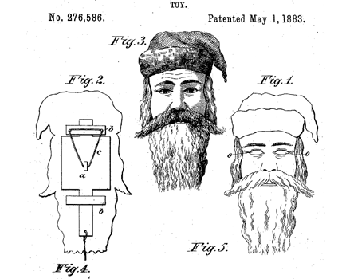
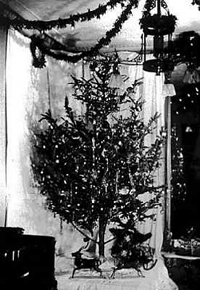
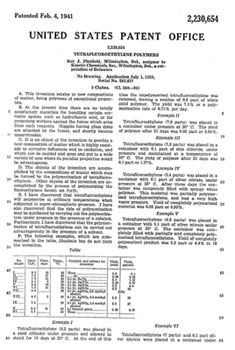 Teflon is yet another product invented entirely by mistake. Roy Plunkett, a research chemist at Dupont, was experimenting with synthesizing new types of refrigerant gas when he accidentally produced Teflon.
Teflon is yet another product invented entirely by mistake. Roy Plunkett, a research chemist at Dupont, was experimenting with synthesizing new types of refrigerant gas when he accidentally produced Teflon.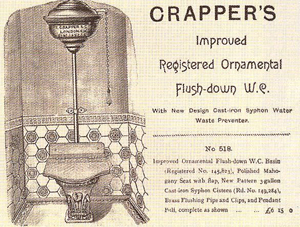

 The first US patent for PEZ, #2,620,061, was issued December 2, 1952 for a Pocket Article Dispensing Container. This patent was for the original design of the PEZ dispenser which was meant to look like a cigarette lighter.
The first US patent for PEZ, #2,620,061, was issued December 2, 1952 for a Pocket Article Dispensing Container. This patent was for the original design of the PEZ dispenser which was meant to look like a cigarette lighter. Patent #81,437 was issued to Franz Vester on August 25, 1868 for an Improved Burial Case.
Patent #81,437 was issued to Franz Vester on August 25, 1868 for an Improved Burial Case. Did you know the Band-Aid® was originally invented as a way to help a clumsy woman dress her own wounds?
Did you know the Band-Aid® was originally invented as a way to help a clumsy woman dress her own wounds?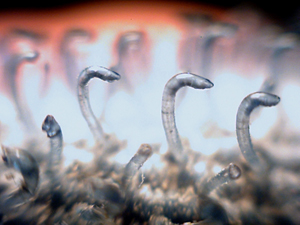 The idea for Velcro came to George de Mestral, a Swiss engineer, after returning from a walk in the Alps with his dogs. He examined the burrs stuck to both his jacket and the dogs’ fur under a microscope. The principal, he discovered, was simple. The burr was made of hundreds of hooks that would catch on anything with a loop such as cloth, animal fur or hair. De Mestral saw that this design could be used as a new type of fastener if he could duplicate the hooks and loops.
The idea for Velcro came to George de Mestral, a Swiss engineer, after returning from a walk in the Alps with his dogs. He examined the burrs stuck to both his jacket and the dogs’ fur under a microscope. The principal, he discovered, was simple. The burr was made of hundreds of hooks that would catch on anything with a loop such as cloth, animal fur or hair. De Mestral saw that this design could be used as a new type of fastener if he could duplicate the hooks and loops.